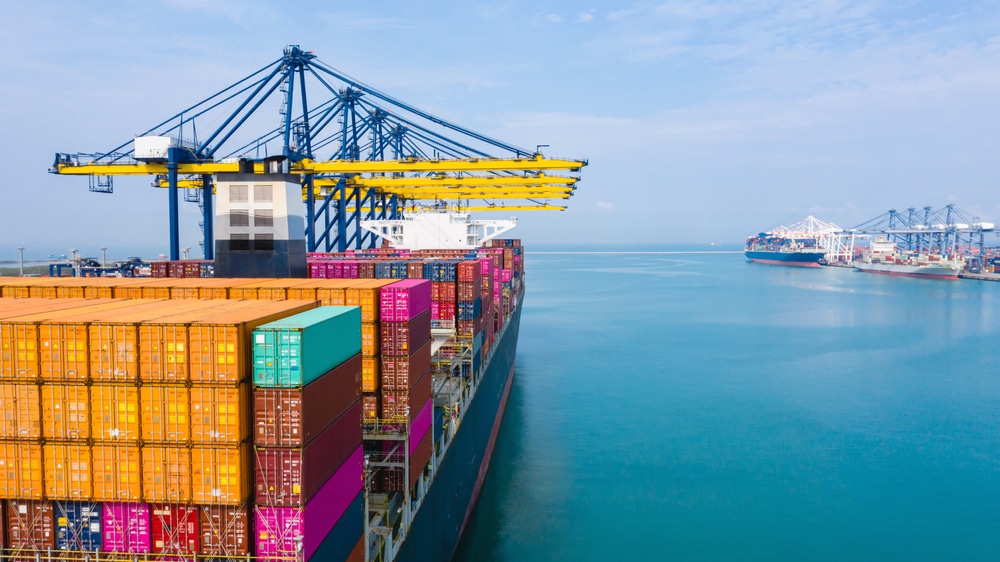Bangladesh is stepping up its game in the global textile industry, and it’s about time. As one of the leading textile exporters in the world, the country has recognized the need to enhance its trade infrastructure. At the end of April, Bangladesh took a pivotal leap by signing an agreement to build its first deep-sea port in Matarbari, located about 350 kilometers south of Dhaka. This project isn’t just about convenient shipping; it’s set to turbocharge garment exports and lessen the nation’s reliance on regional transshipment hubs like Colombo and Singapore.
The Chittagong Port Authority (CPA) has partnered with a Japanese joint venture, comprised of Penta-Ocean Construction Co. Ltd. and TOA Corporation, to make this happen. During the first phase of development, a 760-meter container terminal will be constructed, with plans slated for completion by 2029. What’s impressive is that this terminal will have the capacity to handle large international container ships—those that can stretch up to 350 meters and carry an enormous load of 100,000 tons of cargo—traveling between Asia and Europe.
Kickstarting this ambitious project requires an initial investment of 500 million euros, with the entire undertaking expected to run up to 1.8 billion euros. Meanwhile, the government is not just sitting back; it’s planning significant highway expansions set for completion by 2041, which will strengthen the national transport infrastructure that backs the port.
For years, the Bangladesh Garment Manufacturers and Exporters Association (BGMEA) has been championing this development, underscoring its strategic importance for the textile sector. The new port will allow for streamlined import of raw materials essential for garment manufacturing and will provide a greater level of independence from Sri Lanka’s Colombo port, which currently handles about 80% of Bangladesh’s transshipment cargo.
“Having our own deep-sea port means we’ll be the go-to stop for vessels,” said BGMEA Vice President Miran Ali back in 2022. “Our goods will also move faster, eliminating the need for cargo ships to make that obligatory pit stop in Colombo before heading to Europe or America.”
With low labor costs and a reputation as the second-largest clothing supplier to the European Union, as well as the third-largest to the United States, Bangladesh’s textile sector is crucial for its economy. Consider this: the industry accounts for a staggering 80% of the country’s total exports, contributes about 20% to its GDP, and directly employs around four million people.
However, the journey hasn’t been entirely smooth. Recently, Bangladeshi textile manufacturers reported a number of suspended and canceled orders from American brands, a direct effect of rising U.S. tariffs. To combat this challenging market landscape, the country is actively looking to strengthen its ties with the U.S. by sourcing American cotton for its textile and apparel production.
This initiative marks a significant moment for Bangladesh. It’s not just about a new port; it’s about creating opportunity, empowering local workers, and paving the way for a more resilient economy. As the world evolves, so too does Bangladesh’s commitment to staying relevant in the competitive textile landscape. This development could redefine the country’s place in global trade, allowing it to stand tall and thrive well into the future.
Image Source: AU USAnakul / Shutterstock




























